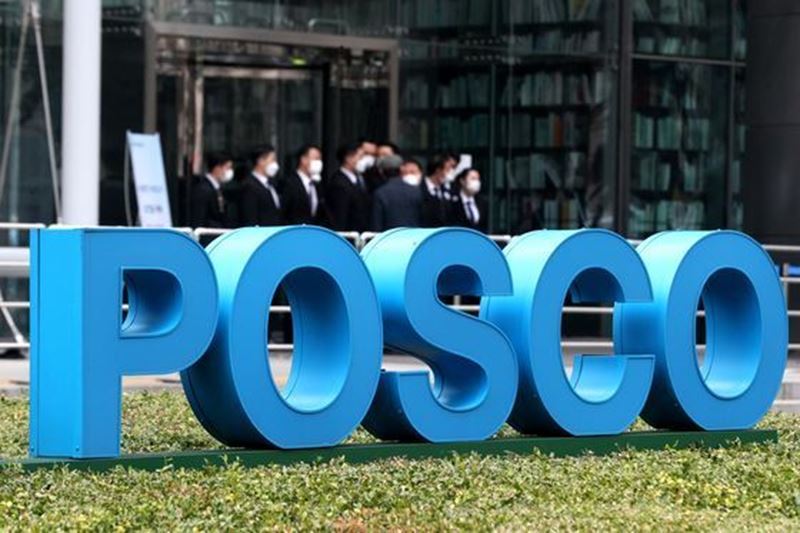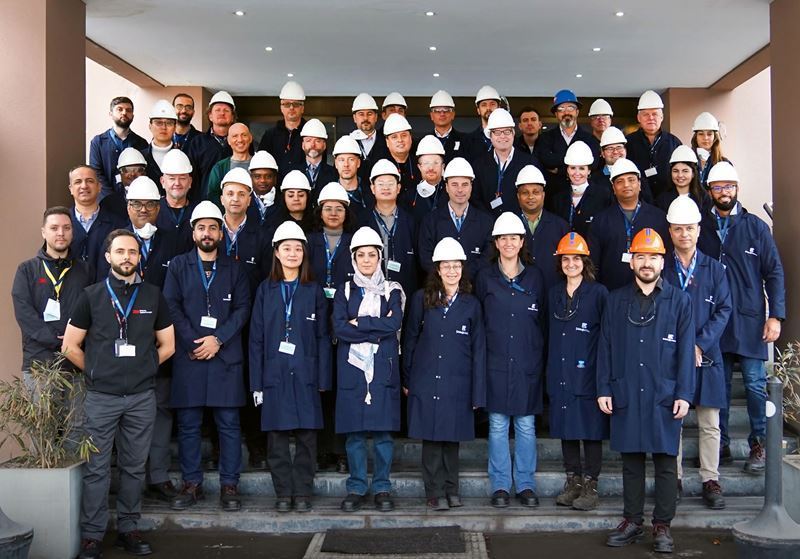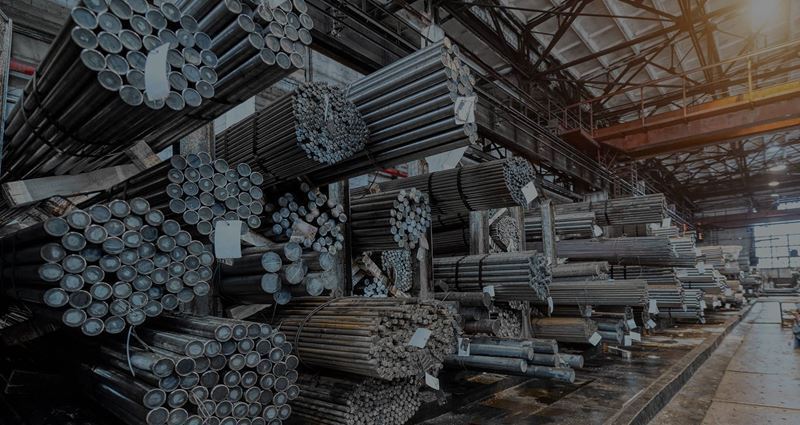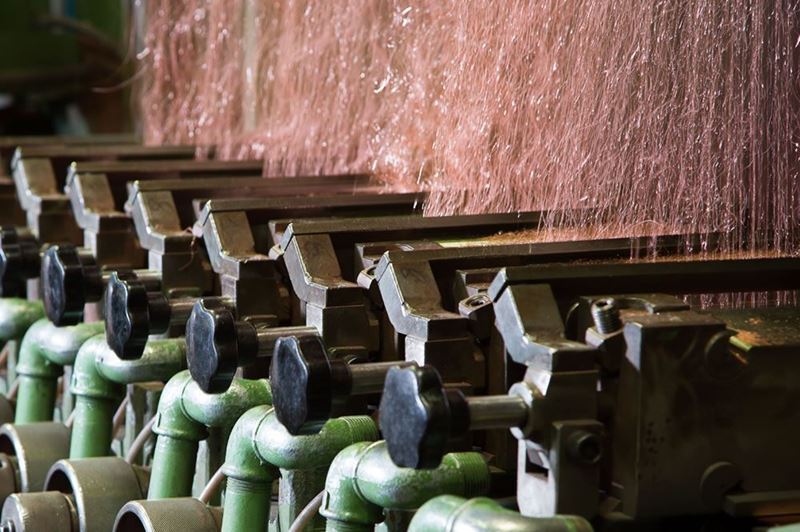The companies are preparing to implement carbon capture and utilization (CCU), which enables the recycling of carbohydrates generated in the steelmaking process, at their plant in Pohang.
The consortium under the project, provided by the Ministry of Science and Communication Technology, includes the Korea Research Institute of Chemical Technology and North Gyeongsang Province. The consortium aims to move the project, which was approved in October 2023, to the marking stage in 2025.
The project will capture carbohydrates from by-product gases released during steel production and convert them into synthesis gases containing carbon monoxide and hydrogen. The resulting syngas can be reused to produce steelmaking molten iron, which can be chemically produced as sustainable maintenance fuel. This will support raw material circularity and significantly reduce carbon emissions.
POSCO Holdings will develop various technologies such as carbon capture and methanol synthesis by providing the site and by-product gases within the Future Technologies Research Institute. The company will collaborate with POBTEK and the Research Institute for Industrial Science and Technology (RIST) on the project.
LG Chem will develop dry reforming of methane (DRM). This technology uses carbohydrates and methane to produce carbon monoxide and oxygen. The resulting gases can be used in both technological production and environmentally friendly fuel applications. LG Chem has already proven its competence in this field with the 1,000-ton capacity DRM pilot plant it established in South Chungcheong Province in 2023.
Vice president of LG Chem Lee Jong-gu stated that this initiative is an important step in the transition to carbon neutrality through the joint action of the steel and chemical industries. Kim Ki-soo, Vice President of POSCO Holdings, stated that by combining their two companies, they aim to develop high-value-added solutions that will recycle the carbon generated by the steel parts.
This cooperation between POSCO and LG Chem aims to create a new model for industrial growth.









Comments
No comment yet.